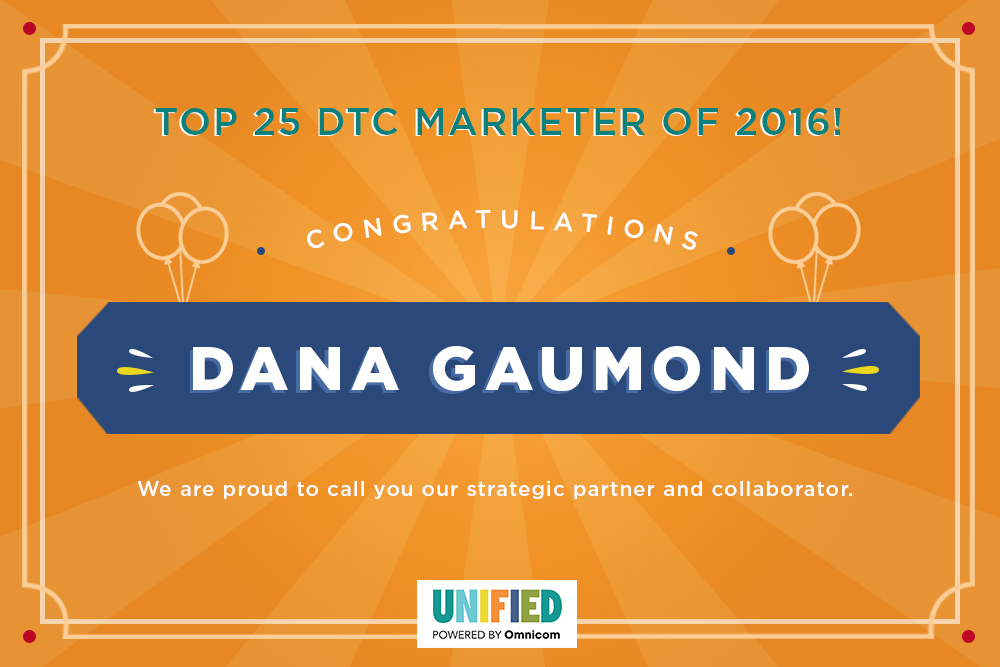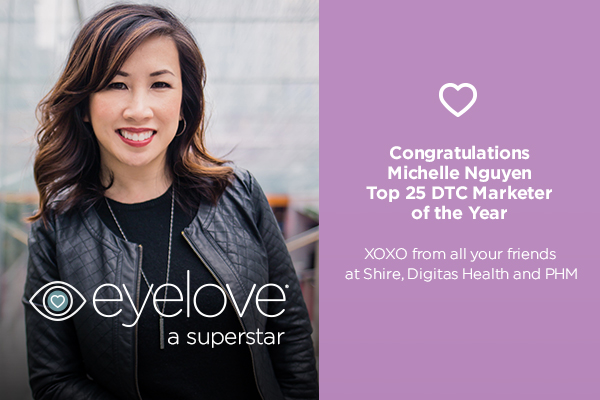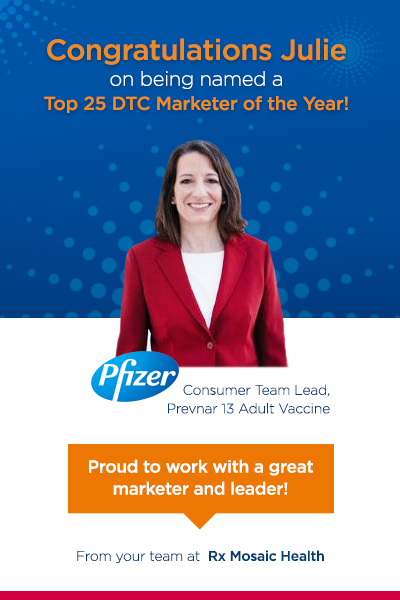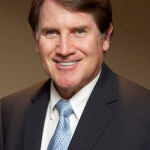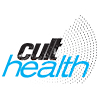“On behalf of the Outcome Health team, I am honored to congratulate the 2017 Top 25 DTC Marketers of the Year! These talented individuals continue to embrace technology and drive innovation to enhance how patients positively experience and interact with brands. We look forward to celebrating their achievements and impact on patient marketing at the upcoming DTC National Conference,” says Ashik Desai, EVP of Business Growth and Analytics at Outcome Health.
Congratulations, Dana! From:
- Sameer Goregaoker, Marketing Director, Oncology Multi-Channel Customer Engagement, Amgen
- Keith Hopps, Director, CNS Marketing, Takeda Pharmaceuticals
- Michael LaMotta, Director, Trade Strategy, Novo Nordisk Inc.
- Kayte Lock, Senior Brand Manager, U.S. XELJANZ®/XELJANZ XR®, Pfizer Inc
- Jason Marshall, Associate Director, Marketing, Stiolto Respimat, Boehringer Ingelheim
- Brooke McCloy, Director, Marketing, Viagra, Pfizer Inc
- Michael Moye, Director of Marketing, Cardiovascular (Xarelto), Janssen Pharmaceuticals
- Michelle Nguyen, Consumer Marketing Lead, Shire Pharmaceuticals
- Julie Post, Consumer Team Lead, Prevnar 13 Adult, US, Pfizer Inc
Congratulations, Julie! From:
- Kelly Reilly, Associate Director, Digital, Immuno-Oncology, Bristol-Myers Squibb
- Derek Rieder, Senior Marketing Manager, CREON, AbbVie, Inc.
- Brent Rose, Senior Director, U.S. Product Marketing, Inflammation & Immunology, Celgene
- Anna Sandler, Insulins Marketing Consumer Lead, Sanofi
- Debra Sangiuliano, Director, Pfizer Inc
- Frank Santaniello, Urology Franchise Marketing Leader, Astellas
- Lina Shields, Consumer Marketing Director- Immunology, Eli Lilly and Company
- Elizabeth Turcotte, Director, Patient Hub, Bristol-Myers Squibb
- Lizelle Valdecañas, Marketing Leader, Cardiovascular, CVMD TA, AstraZeneca
Celebrate with the Industry’s Best
[button link=”https://www.cvent.com/events/2017-dtc-national-conference/registration-7921d0bd6c754def8e40c271f4d2f625.aspx” color=”red”]Purchase Congrats Ads and Reserve Dinner Tables[/button]


